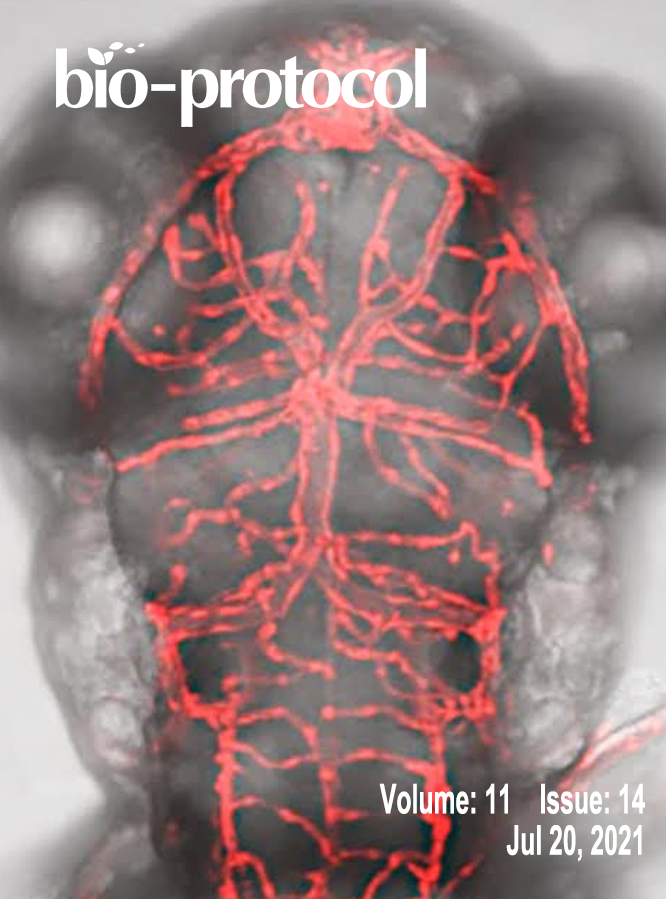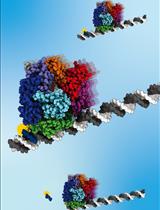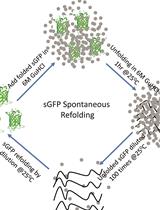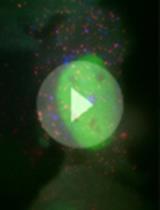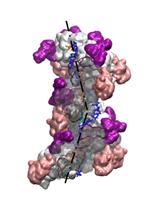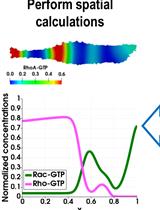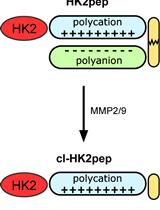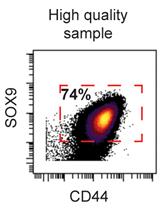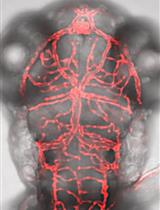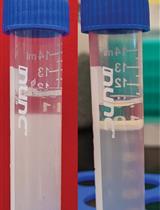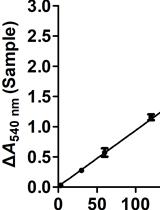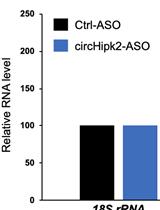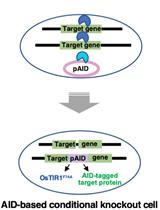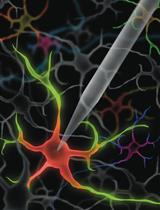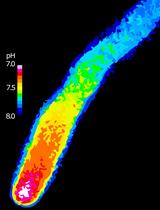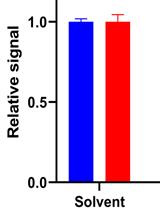往期刊物2021
卷册: 11, 期号: 14
生物化学
A Gel-Based Assay for Probing Protein Translocation on dsDNA
一种基于凝胶的检测dsDNA蛋白易位的方法
Protocol for Spontaneous and Chaperonin-assisted in vitro Refolding of a Slow-folding Mutant of GFP, sGFP
一个GFP慢折叠突变体的自发和伴侣蛋白辅助的体外重折叠方案
生物物理学
A Multi-color Bicistronic Biosensor to Compare the Translation Dynamics of Different Open Reading Frames at Single-molecule Resolution in Live Cells
一种多色双顺反子生物传感器比较活细胞中不同开放阅读框在单分子分辨率下的翻译动力学
Modeling Perturbations in Protein Filaments at the Micro and Meso Scale Using NAMD and PTools/Heligeom
用NAMD和PTools/Heligeom模拟蛋白质丝的微尺度和中尺度扰动
癌症生物学
Modeling the Nonlinear Dynamics of Intracellular Signaling Networks
细胞内信号网络的非线性动力学建模
细胞生物学
Analysis of the Effects of Hexokinase 2 Detachment From Mitochondria-Associated Membranes with the Highly Selective Peptide HK2pep
用高选择性肽HK2pep分析己糖激酶2脱离线粒体相关膜的作用
Preparation of Human Chondrocytes for Profiling Using Cytometry by Time-of-flight (cyTOF)
用飞行时间(cyTOF flight)流式细胞术制备人软骨细胞用于分析研究
发育生物学
GeneWeld: Efficient Targeted Integration Directed by Short Homology in Zebrafish
GeneWeld:斑马鱼短同源性诱导的高效靶向整合
免疫学
Isolation of Microglia and Analysis of Protein Expression by Flow Cytometry: Avoiding the Pitfall of Microglia Background Autofluorescence
小胶质细胞的分离及蛋白表达的流式细胞仪分析:避免小胶质细胞背景荧光的陷阱
微生物学
In vitro Nitrate Reductase Activity Assay of Mycolicibacterium smegmatis Crude Extract
耻垢分枝杆菌粗提物硝酸还原酶活性的体外测定
分子生物学
Antisense Oligo Pulldown of Circular RNA for Downstream Analysis
用于下游分析的环状RNA的反义Oligo Pulldown
A Simple Method to Generate Super-sensitive AID (ssAID)-based Conditional Knockouts using CRISPR-based Gene Knockout in Various Vertebrate Cell Lines
小胶质细胞的分离及蛋白表达的流式细胞仪分析:避免小胶质细胞背景荧光的陷阱
神经科学
Method for Rapid Enzymatic Cleaning for Reuse of Patch Clamp Pipettes: Increasing Throughput by Eliminating Manual Pipette Replacement between Patch Clamp Attempts
膜片钳移液管重复使用的快速酶清洗方法:通过消除膜片钳尝试之间的手动移液管更换来提高吞吐量
植物科学
Spatiotemporal Quantification of Cytosolic pH in Arabidopsis Pollen Tubes
拟南芥花粉管胞质pH的时空定量研究


